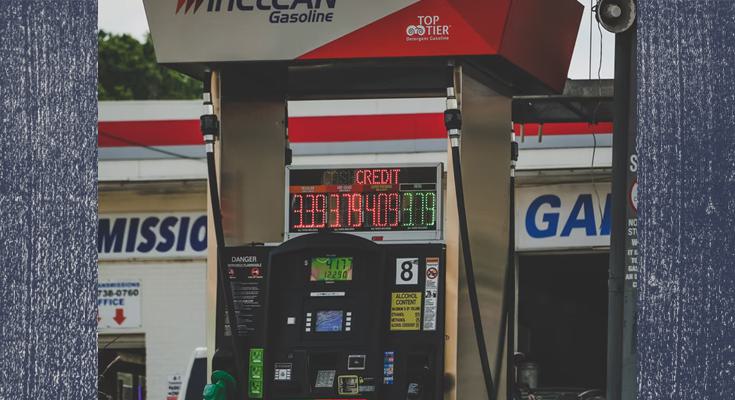By Brandon Moseley
Monday, Congressmen Gary Palmer (R-AL06) and Mo Brooks (R-AL05) along with U.S. Senator Tommy Tuberville (R-Alabama) lamented this week’s news that the average price for a gallon of gasoline has risen about $3.30 a gallon – the highest prices seen in years.
“Over the weekend, the national average on gas prices rose to $3.30," Palmer said. "This is the most Americans have paid for gas since Obama's presidency, and serves as one more example of the negative everyday consequences of President Biden's America-last energy policies."
“It’d be funnier if it wasn’t true that prices are up 37% since Joe Biden took office,” Tuberville said. “Alabama continues to see gas prices rise weekly.”
Brooks pointed out that one year ago, the national average for gas was $2.17 per gallon.
“The average American will pay nearly $1,200 more in gas this year compared to last," Brooks added. "America desperately needs real leadership.”
This week’s average price of a gallon of gas is $3.32. That's up 10 cents in the last two weeks.
Congressman Robert Aderholt (R-AL04) said. “How do you feel about the prices at the gas pump? Today, the national average price for a gallon of gas reached $3.22, the highest price since Obama was President.”
AAA reported that the national average for a gallon of gasoline rose a nickel over the past week to hit $3.32. The primary driver of this surge remains the cost of crude oil, which is now closing daily above $80 a barrel. In August, the price of crude was in the low $60s per barrel.
“Compared to the price of gas a year ago, it now costs consumers about $17 more to fill up their vehicles,” said Andrew Gross, AAA spokesperson. “That’s the cost of a large pizza with toppings. And unfortunately, it doesn’t look like drivers will be finding relief at the pump any time soon.”
The Energy Information Administration (EIA), reported that last week’s total domestic gasoline supply fell by 2 million barrels to 223.1 million barrels. Gasoline demand also fell from 9.43 million barrels per day to 9.19 million, but the agency calculates it is still some 610,000 b/d above last year during the COVID lockdowns. Typically, softening demand should result in some easing of pump prices, but the higher cost for crude is blocking this. Higher oil prices means that gasoline and diesel fuels will remain high.
The states with the largest weekly increases were: Ohio (+15 cents), Alabama (+13 cents), Connecticut (+11 cents), West Virginia (+11 cents), Maine (+10 cents), Tennessee (+10 cents), Vermont (+10 cents), New Hampshire (+10 cents), Virginia (+10 cents), and Rhode Island (+9 cents).
The nation’s top 10 most expensive markets were: California ($4.49), Hawaii ($4.18), Nevada ($3.88), Washington ($3.86), Oregon ($3.76), Idaho ($3.71), Alaska ($3.70), Utah ($3.70), Washington, D.C. ($3.54) and Colorado ($3.52).
The Biden administration's hostility to oil and gas exploration and their blocking of the Keystone Pipeline is one factor in the high oil prices. Another is international: Russia has been accused of limiting gas and oil shipments to Europe to drive up the price of energy. There is not enough supply for coal and natural gas to heat homes in Europe, which means more crude oil is being converted into home heating oil for the anticipated winter demand. This means that consumers are going to be hit with the double blow of higher fuel prices and higher costs to heat their homes this winter.
Energy analyst Paul Sankey recently told Yahoo! Finance that if this is a hard winter that “Tens of thousands of people" could die from lack of being able to afford the energy to heat their homes.
Sankey predicted that oil could hit $120 a barrel if the winter proves harsh.
Higher gas prices are particularly troublesome for employers as they are already having difficulty in finding workers. As the cost of commuting to and from work continues to climb more workers could choose to leave the workforce. A worsening labor shortage combined with higher energy costs could lead to more small businesses closing.









